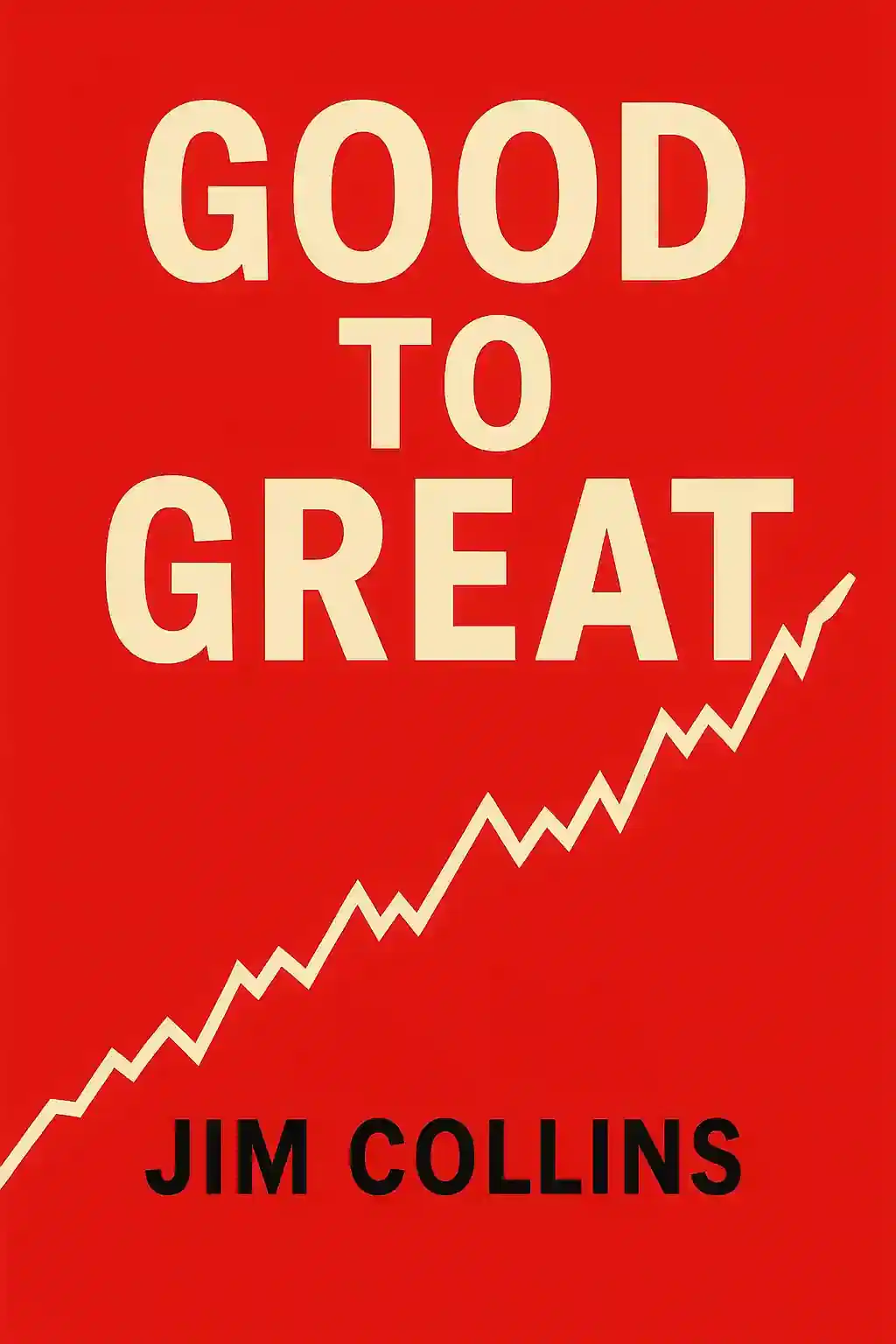Empowered by Marty Cagan and Chris Jones explores how organizations can unlock exceptional results by empowering product teams. It argues that ordinary people achieve extraordinary outcomes when given autonomy, clear problems to solve, and a supportive environment. The book provides strategies for fostering collaboration, creating inspiring product visions, and transitioning from "feature factories" to customer-centric problem-solving teams.
Who should read
Empowered by Marty Cagan?
This book is essential for product leaders (CPOs, VPs of Product), managers, and executives in tech-driven organizations. It’s also valuable for entrepreneurs seeking to build scalable product cultures and cross-functional team members (designers, engineers) aiming to understand empowered workflows. Leaders navigating organizational transformation will find actionable insights.
Is
Empowered by Marty Cagan worth reading?
Yes, Empowered is a must-read for anyone involved in product development. It offers practical frameworks like the Product Vision Canvas and Opportunity Solution Tree, backed by real-world examples from companies like Netflix and Amazon. The focus on shifting from output-driven to outcome-driven teams makes it a critical resource for modern product leadership.
What are the key differences between feature teams and empowered product teams?
Feature teams focus on executing predefined solutions (e.g., "add a button"), while empowered teams solve customer problems autonomously (e.g., "reduce checkout friction"). Empowered teams own outcomes, leverage cross-functional collaboration, and validate ideas through continuous experimentation.
What frameworks does Marty Cagan recommend in
Empowered?
Key frameworks include:
- Product Vision Canvas: Aligns teams on long-term goals.
- Opportunity Solution Tree: Maps customer problems to potential solutions.
- Lean Product Development: Emphasizes rapid iteration and user feedback.
How does
Empowered address organizational challenges in product development?
The book tackles inertia, misalignment, and risk aversion by advocating for:
- Trusting teams with decision-making authority.
- Prioritizing customer needs over stakeholder demands.
- Implementing accountability metrics tied to business outcomes.
What are the main criticisms of
Empowered?
Some argue the book’s strategies require significant cultural change, which may be difficult for legacy organizations. Others note it focuses heavily on tech giants like Google, offering fewer examples for smaller startups.
How does
Empowered compare to Marty Cagan’s
Inspired?
Inspired targets product managers, detailing tactics for building products users love. Empowered expands this to leadership, focusing on creating environments where teams thrive. Together, they provide a complete roadmap for product excellence.
What role does product vision play in
Empowered?
A compelling product vision acts as a North Star, guiding teams toward meaningful outcomes. Cagan stresses that visions must be ambitious yet flexible, allowing teams to innovate while staying aligned with company goals.
Can
Empowered help with hiring and retaining talent?
Yes. The book emphasizes hiring for curiosity, collaboration, and problem-solving skills over technical prowess alone. It also advocates for fostering a culture of continuous learning and recognition to retain top performers.
What real-world examples are included in
Empowered?
Case studies from Apple, Tesla, and Amazon illustrate how empowered teams drive innovation. Examples include overcoming scalability challenges and pivoting strategies based on user feedback.
How can
Empowered principles apply to non-tech industries?
While focused on tech, the book’s core ideas—autonomy, customer-centricity, and outcome-driven work—translate to any industry. For example, healthcare or finance teams can adopt iterative problem-solving to improve service delivery.


















